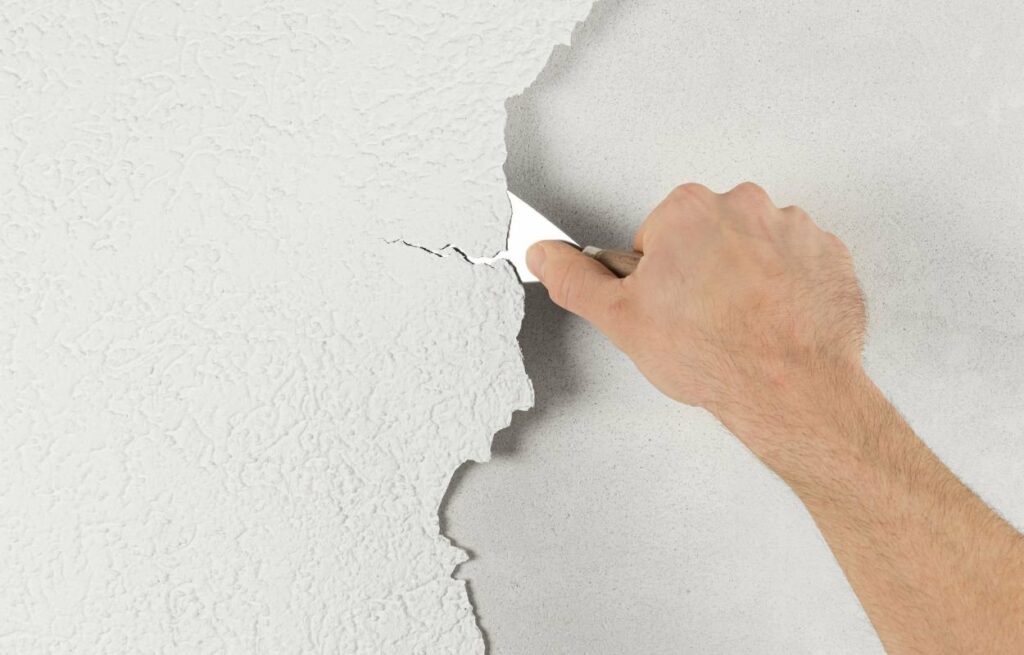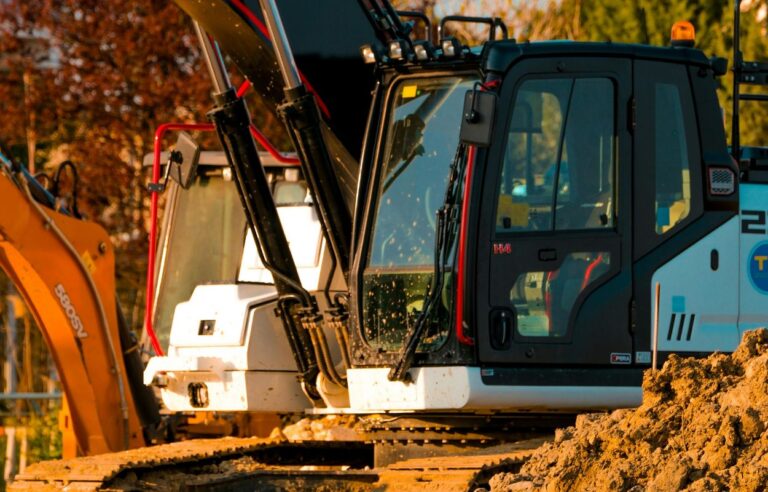
Lead abatement is a serious process, and when it’s not done right, the results can be more dangerous than you might imagine. If you’re dealing with an older building, or if you’re worried about the health risks of lead exposure, it’s important to know how lead abatement works and what can go wrong.
Lead is a toxic metal that was once commonly used in paint, plumbing, and other household items. Over time, we’ve learned just how harmful lead can be, especially for children. If you’re planning to renovate or make any changes to an older home or building, lead abatement is crucial. But what happens if the job isn’t done correctly? Let’s dive into the potential risks and consequences.
THE IMPORTANCE OF PROPER LEAD ABATEMENT
Lead abatement is a process that removes or reduces lead hazards from a home or building. It’s usually done when lead-based paint or plumbing is present, which can lead to lead poisoning if not dealt with properly.
In Nanaimo, as in many other places, older homes and buildings may still have lead in them. That’s why lead abatement in Nanaimo is so important. But if this process isn’t handled with the care it requires, the results can be pretty dangerous.
HEALTH RISKS OF IMPROPER LEAD ABATEMENT
The most obvious risk when lead abatement is done wrong is the continued exposure to lead. Lead poisoning is a serious health problem, especially for young children and pregnant women. Even small amounts of lead can cause developmental issues, learning difficulties, and behavioral problems. In extreme cases, lead poisoning can result in organ damage, brain damage, or even death.
When lead removal isn’t done right, lead dust or particles can end up in the air. These tiny particles are easy to breathe in or ingest, and once they get into your system, they’re tough to get rid of. This means that if the job is rushed or done incorrectly, people can be exposed to even more lead than they were before.
CROSS-CONTAMINATION AND SPREAD OF LEAD DUST
One of the biggest mistakes that can happen during lead abatement is failing to properly contain and clean up the lead dust. Lead dust is incredibly fine, and it can easily travel throughout the house. If a contractor doesn’t use the right precautions, lead dust can spread to other areas of the home, even if they weren’t part of the work zone.
This is especially concerning if the home has children or pets. Little hands and paws can pick up lead dust, and without realizing it, the lead dust can be carried to other parts of the house. Even simple actions like wiping a table or vacuuming can stir up dust and allow it to spread further.
Proper containment is essential during lead abatement. This includes sealing off rooms with plastic sheeting, using negative air pressure systems to prevent dust from escaping, and using HEPA filters in vacuums and air purifiers. When this is done incorrectly, cross-contamination is inevitable.
IMPROPER DISPOSAL OF LEAD WASTE
Lead-containing materials need to be disposed of properly. If they’re not, they can end up in landfills or other locations where they pose a significant environmental hazard. Lead is a toxic substance, and even small amounts can contaminate the surrounding soil and water, affecting not only your home but the larger community.
Sometimes, contractors cut corners by not disposing of the lead waste properly. This might be because they’re trying to save time or money, but it’s a huge mistake. If lead waste is improperly discarded, it can cause contamination in the area, leading to health risks for everyone.
STRUCTURAL DAMAGE AND SAFETY CONCERNS
Another issue when lead abatement is done wrong is the potential for structural damage. Lead abatement often involves scraping or sanding down paint, removing plumbing, or even breaking down walls to access hidden lead sources. If these activities aren’t done carefully, they can damage the structure of the building itself.
For example, scraping off old paint may lead to cracks in the walls or removal of parts of the wall that should have been preserved. Improper handling of lead pipes can cause leaks or even collapse certain parts of a structure. Even if the lead itself is removed, the damage done during the process can be just as dangerous.
Additionally, contractors who don’t follow proper safety protocols during abatement can put themselves and anyone nearby at risk. Without protective gear like respirators, gloves, and coveralls, workers can expose themselves to dangerous amounts of lead dust. Without the proper training, they may also fail to use the right techniques to minimize the risks of exposure.
WHAT SHOULD YOU LOOK FOR IN A LEAD ABATEMENT COMPANY?
If you’re concerned about lead abatement in Nanaimo, you need to make sure that you hire a licensed, experienced contractor. Not all contractors are trained to handle lead safely, so it’s important to ask the right questions before starting any work.
Look for a contractor who is certified by a recognized agency. They should be able to provide proof of their credentials and give you a detailed plan for how they will handle the project. This should include containment procedures, disposal methods, and cleaning protocols. You should also ensure that they have liability insurance in case something goes wrong.
The right company will also have experience with homes and buildings in your area, and they should be familiar with local regulations. In Nanaimo, specific laws and guidelines might apply, and a well-informed contractor will know exactly how to follow these to ensure your safety and peace of mind.
FINAL THOUGHTS: DON’T TAKE LEAD ABATEMENT LIGHTLY
Lead abatement isn’t something to take lightly. When done wrong, it can expose you to serious health risks, contaminate your home, and cause damage to your property. The consequences of improper lead abatement can last a lifetime, which is why it’s so important to get it right from the start.
If you’re in Nanaimo and you need lead abatement, be sure to work with professionals who understand the risks and know how to handle them. Lead abatement done the right way can keep your family safe and protect your home from future harm.
Lead abatement is crucial, but it’s also a complex and potentially hazardous job. When you hire the right team and make sure everything is done carefully and correctly, you’re not only protecting your home—you’re protecting the health of everyone in it. So, don’t rush the process, and don’t settle for less than the best when it comes to removing lead hazards from your home.



